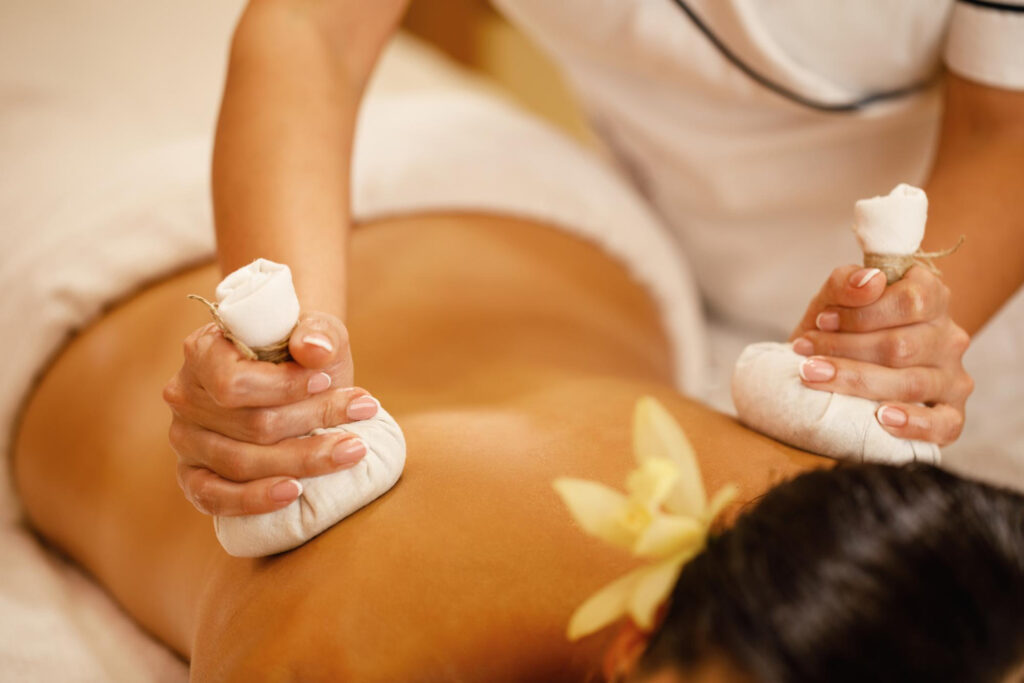Massage therapy has been a cornerstone of wellness for centuries, offering relief from tension, stress, and pain. With many different massage styles available today, it can be challenging to know which type is best suited to your needs. Two of the most popular massage options are Swedish Combination Massage and Thai Combination Massage, both of which are widely recognized for their therapeutic benefits. This blog will compare these two styles, explore their key differences, and help you determine which massage is right for you.
The Origins and Techniques of Swedish and Thai Combination Massages
Before diving into the details of these massage techniques, it’s essential to understand their origins and how they developed over time.
Swedish Combination Massage
The Swedish Combination Massage is rooted in Western massage techniques that originated in Europe in the early 19th century. Known for its gentle yet effective methods, this style primarily focuses on increasing circulation, reducing muscle tension, and promoting overall relaxation. Swedish massage techniques are usually composed of five main strokes: effleurage (long, gliding strokes), petrissage (kneading), friction (deep, circular movements), tapotement (rhythmic tapping), and vibration/shaking.
In a combination massage, these classic Swedish techniques are integrated with other styles or modalities to cater to the client’s unique needs. Whether it’s addressing muscle soreness, stress relief, or overall relaxation, the Swedish Combination Massage is versatile and adaptable. Many people who prefer a more relaxing and therapeutic experience choose this style, as it offers a soothing and rejuvenating session.
Thai Combination Massage
The Thai Combination Massage is based on ancient healing techniques from Thailand, with influences from traditional Chinese medicine and Indian Ayurvedic practices. Unlike the Swedish method, which focuses on muscle relaxation, Thai massage is more about energy flow and pressure points. It is sometimes referred to as “passive yoga” because it combines stretching, pressure points, and rhythmic compression. A therapist uses their hands, elbows, knees, and feet to apply pressure and stretch the body.
In a Thai Combination Massage, various elements from other techniques, such as aromatherapy or Swedish strokes, may be included to enhance the experience. The emphasis remains on holistic healing and balancing the body’s energy, making it an ideal option for those looking to relieve deep tension, improve flexibility, and rejuvenate the mind and body.
Key Differences Between Swedish and Thai Combination Massage
While both Swedish and Thai Combination Massages aim to improve overall well-being, they differ significantly in technique, approach, and the types of benefits they offer.
1. Approach to Relaxation
- Swedish Combination Massage: This style is more focused on relaxation. The long, smooth strokes of Swedish massage are designed to ease muscle tension and improve blood flow. It is an excellent choice for individuals who are looking for a gentle, relaxing experience that helps relieve stress and promote a sense of calm.
- Thai Combination Massage: The focus of Thai massage is more on energy balancing and muscle stretching. Rather than lying still, you’ll be stretched and moved into various positions, similar to yoga. This active approach is perfect for individuals who prefer a more invigorating experience and seek improved flexibility alongside relaxation.
2. Level of Physical Involvement
- Swedish Combination Massage: In a Swedish massage, the client remains passive. The therapist applies the strokes while you lie comfortably on the massage table. This makes it ideal for those who want to relax completely without any physical effort.
- Thai Combination Massage: Thai massage is much more active. The therapist manipulates your body into stretches while applying rhythmic pressure. If you enjoy stretching or are looking for a massage that feels more interactive, this style is for you.
3. Tools and Equipment
- Swedish Combination Massage: Typically performed on a massage table, the Swedish Combination Massage often involves oils or lotions that help reduce friction and allow smooth strokes.
- Thai Combination Massage: This type of massage is often performed on a floor mat, and no oils or lotions are used. The therapist relies more on body weight and gravity to apply pressure and stretch muscles.
4. Focus of the Massage
- Swedish Combination Massage: Swedish massage primarily focuses on improving circulation, alleviating tension in the muscles, and offering general relaxation. It’s best for individuals looking for a full-body treatment with a focus on soothing the nervous system.
- Thai Combination Massage: Thai massage focuses more on energy flow, flexibility, and realigning the body’s posture. It’s an excellent option for people seeking an invigorating and therapeutic experience that combines physical movement with energy balancing.
Benefits of Swedish Combination Massage
The Swedish Combination Massage is well-known for its therapeutic and relaxing effects. Some of the key benefits include:
- Stress Relief: Swedish massage techniques help stimulate circulation and reduce tension, making it an effective treatment for stress and anxiety. Regular sessions can promote overall mental and physical well-being.
- Improved Circulation: The gentle strokes used in Swedish massage stimulate blood flow, which helps oxygenate muscles and remove toxins from the body.
- Muscle Relaxation: Swedish massage is ideal for reducing muscle tension and soreness. Whether from physical activity or long periods of inactivity, this type of massage helps relieve tight muscles.
- Boosted Immune System: Swedish massage can support the immune system by promoting the flow of lymph, the body’s natural defense against pathogens and infections.
- Mental Clarity: Many individuals experience enhanced focus and mental clarity after a Swedish Combination Massage, making it a beneficial practice for both the body and the mind.
Benefits of Thai Combination Massage
The Thai Combination Massage provides a unique blend of energy work and physical manipulation. Here are some of its primary benefits:
- Increased Flexibility: By incorporating stretching into the massage session, Thai massage helps improve joint mobility and flexibility over time. It’s particularly beneficial for individuals who engage in physical activities or want to prevent stiffness.
- Energy Rebalancing: Thai massage is rooted in the belief that blocked energy pathways can cause discomfort or illness. By applying pressure along these pathways, Thai massage restores the body’s natural energy flow.
- Relief from Deep Muscle Tension: Thai massage uses firm pressure and stretching to target deeper muscle layers, making it highly effective in alleviating chronic pain, particularly in the back, shoulders, and legs.
- Posture Improvement: The stretches performed in Thai massage can help correct postural imbalances and improve body alignment, making it a suitable option for those suffering from chronic back pain or poor posture.
- Stress Reduction: Although Thai massage is more active than Swedish massage, it still offers profound relaxation. The combination of stretching and pressure point manipulation helps release physical tension and mental stress.
Which Massage is Right for You?
Choosing between Swedish and Thai Combination Massage depends largely on your personal preferences and specific needs.
- If you’re looking for a relaxing, stress-relieving experience with gentle techniques aimed at muscle relaxation and improved circulation, then the Swedish Combination Massage might be your best option.
- If you prefer an invigorating, active experience that combines stretching, pressure point work, and energy balancing, then the Thai Combination Massage could be the right choice for you. This style is ideal for those seeking flexibility, deep muscle relief, and overall posture improvement.
Both massage styles offer significant benefits, and many people find that alternating between the two provides the best overall experience. Whether you’re in need of relaxation or a more active therapy, the key is to find a combination massage that aligns with your goals.
While Swedish massage focuses on gentle, soothing strokes to relax muscles and relieve stress, Thai massage uses stretching and deep pressure to restore energy flow and flexibility. By understanding the differences between these two techniques, you can make an informed decision about which massage is best suited to your needs. When you’re ready to experience the benefits of either massage, be sure to visit Best Thai Massage Las Vegas for a personalized session that meets your wellness goals.




